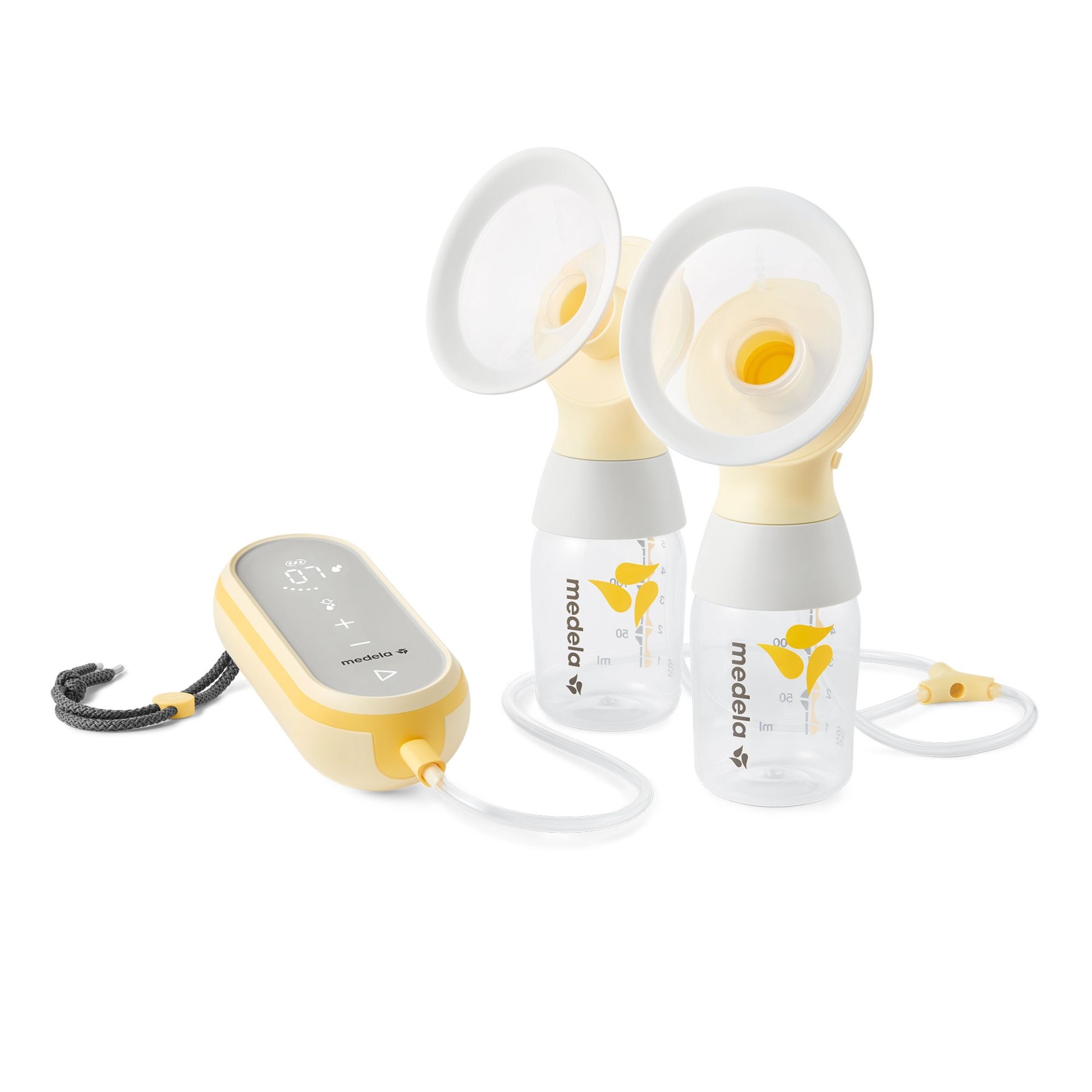Breast pumps are an essential instrument for nursing mothers however, with a myriad of various types and features to choose from it can be difficult to choose which one to purchase. We conducted a survey of over 10,000 Pampers parents to find out the facts about the most effective manual, electronic and battery-powered breast pumps.
We’ve also collected numerous insights and tips about how to select and utilize the right breast pump. Learn everything you need learn about breast pumps here.
What Is a Breast Pump?
Breast pumps assist you in extracting your breast milk to keep it in the freezer for later use or offer it to your baby in bottles. The fundamental components of a pump for breasts are:
Breast shield, also known as “flange.” This is the cone-shaped piece which fits over your nose.
Pump. The pump is or is attached to the flange, or attached to plastic tubing which is connected to the flange. The pump is the one that “expresses” the milk from your breast.
Storage container for milk. This is often an empty bottle or a sterilized disposable bag.
Why Use a Breast Pump?
Freemie independence Breast pumps can be useful for a variety of reasons and are useful in numerous situations, such as:
To store the milk of your baby for later use. Breast pumps are useful when you have to make milk when you’re at work for instance. It’s also ideal because it allows you to express milk that family members, such as your spouse or one of the grandparents, can offer to your baby, giving them the opportunity to participate in the bonding process of feeding.
In order to maintain or increase your supply of breast milk. If you are planning returning to your job for instance you won’t be in a position to breastfeed your child throughout the period of the day, your milk supply may be reduced. If you can pump regularly throughout your working hours, you will decrease the possibility of your milk supply reducing. If you’re looking to boost your milk supply and pumping between feedings sends your body a signal to make additional breastmilk.
Types of Breast Pumps
There are two types of breast pumps: manually and powered ones. Which one is right for you could depend on how often you’re planning on pumping? Learn more about each kind of pump.
Electric and Battery-Powered Pumps
Pumps that are powered, with either an electrical plug-in or batteries include a motor which creates suction that allows you to release latus from the breast. They are equipped with one or more tubes that connect your breastfeeding shield with the mechanism of pump. These pumps are best suited for those who pump frequently and operate more efficiently as compared to manual pumps
Manual Pumps
Manual pumps are used to put the breast shield on your nipple. After that typically, by pressing the lever or handle and creating suction, you release milk from your breast into a container. Manual pumps are straightforward and tiny. They’re ideal if you only have to pump just occasionally. It can require more time and effort to pump with the manual pump as opposed to the electric one. Manual pumps are usually single pumps, meaning that they can only take milk from one breast at each time.
What to Evaluate When Selecting a Breast Pump
Pampers Parents have helped narrow down the wide variety of breast pumps available in the market by deciding for their top choices, however there are some important aspects to consider when choosing the ideal breast pump for your needs:
Closed- or open-system electrical pump. A closed-system pump is equipped with a barrier to prevent milk from entering any of the pump’s components other than the container for milk. Open-system pumps are difficult to sterilize, however they are usually less costly.
The comfort. Using a breast pump may be uncomfortable initially. However, any discomfort should ease in a short time. The breast pump should not cause pain. If you are experiencing discomfort, then you may require a change to a different type of breast pump, or change how big the nipple flanges in order to better fit your breast size. Should you be having concerns or questions consult your doctor or lactation specialist.
Tips for Using Your Breast Pump
Here are some suggestions to get the most results from this pump for breasts:
- Make sure you thoroughly wash thoroughly and then dry the hands prior pumping
- Make sure to wash your breasts before you shower when you’ve used any kind of ointment or cream you wish to get rid of
- Make sure your pump is assembled according to the instructions of the manufacturer.
- Find a comfy spot in which you can unwind while you pump
- Place the flange in a way that your nipple is right to the center, and there isn’t any feeling of irritation or pinching while pumping.
